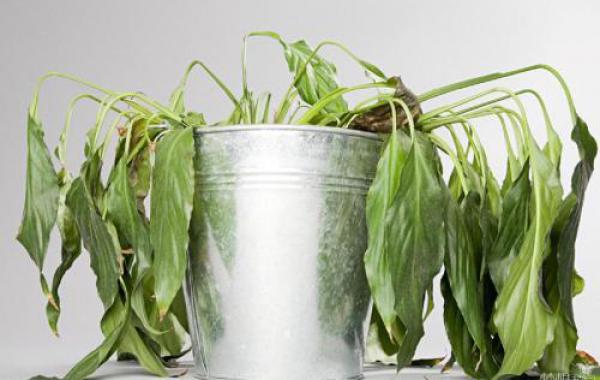How to save flowers after wilting

Rescue measures after wilting of flowers and plants
In the process of growing flowers in our daily life, we often find that flowers have symptoms such as wilting, so what should we do after flowers wilt? The following agricultural material editor will introduce the rescue measures after the wilting of flowers.
Potted flowers, due to less water in the basin, forget to water, especially in summer leakage watering, often cause leaf wilting, if not saved in time, the time will often lead to plant wilting. If it is not saved properly, it will sometimes cause plant death.
The right thing to do is to immediately move the flowerpot to the shade when you find the leaves wilting, spray some water to the leaves, and pour a small amount of water. Later, as the stems and leaves gradually return to straight and straight, and then gradually increase the amount of water. If too much water is poured at this time, the plant may die. This is because a large number of root hairs of flowers are damaged after wilting, so the water absorption capacity is greatly reduced. Only after giving birth to new root hairs can the original water absorption capacity be restored.
At the same time, wilting makes the cells lose water. After meeting the water, the cell wall absorbs water first and expands rapidly, and the protoplast absorbs water after it, and the expansion rate is slow. If a large amount of water is poured suddenly at this time, the plasmolemma will be separated and the protoplast will be damaged. Thus causing the death of flowers.
Salvage measures of indoor flowers after wilting
Controlled watering
Due to the small indoor space, the water evaporation on the plant surface will decrease after the flowers enter the house. at this time, if the watering quantity is not adjusted, the basin soil will be wet, and in serious cases, there will be signs of rotting roots. therefore, it is very important to control the amount of watering. To constantly adjust the amount of water according to plants.
Reduce the amount and frequency of fertilizer application
In autumn, the growth of flowers and plants will slow down after the peak growing season, when flowers move indoors, they will grow rapidly, but at this time we should reduce fertilization or stop fertilization. because the plant itself has very little demand for fertilizer, too much fertilizer is likely to lead to burning seedlings, resulting in yellow leaves.
Adjust reasonable lighting
There are many kinds of flowers, and the habits of all kinds of flowers are also different. in the face of light-loving flowers, they should be placed in the sunny place in time to ensure light, so as to avoid yellow leaves due to lack of light. On the contrary, for flowers that like concealment, they should be sheltered from light in time and placed in shade places to ensure that the leaves will not lose green due to excessive light.
Good ventilation environment
Some flowers are very sensitive to ethylene, which will lead to premature senescence of some flowers, resulting in the phenomenon of yellow leaves, and ethylene is easy to appear in a room that is not ventilated for a long time. Therefore, if you want the flowers to grow luxuriant and green, it is better to ventilate the room.
Maintain a suitable temperature
The discomfort of temperature can also lead to yellowing of the leaves of the plant. Before and after entering the house, the temperature of the growing environment of flowers changes greatly, which leads to the discomfort of flowers, which will also cause the yellow leaves of the plant. therefore, it is important to pay attention to adjusting the temperature suitable for flower growth.
Related
- What if the leaves of potted flowers turn yellow?
- Florescence Control of several Flowers
- Anti-freezing technology and post-freezing nursing technology of flowers
- What is the classification of flowers? What are the common methods of flower classification?
- Prevention and control of alkali and acid damage of flowers in courtyard
- Technology of Anti-freezing and restoring growth of Flower seedlings in greenhouse and greenhouse
- How does flower fertilization not hurt the root? Fertilization technology of flowers
- Key points of disinfection in flower greenhouse
- Several pesticides that are banned or used cautiously in flowers
- How to fertilize the flowers that watch the leaves?



